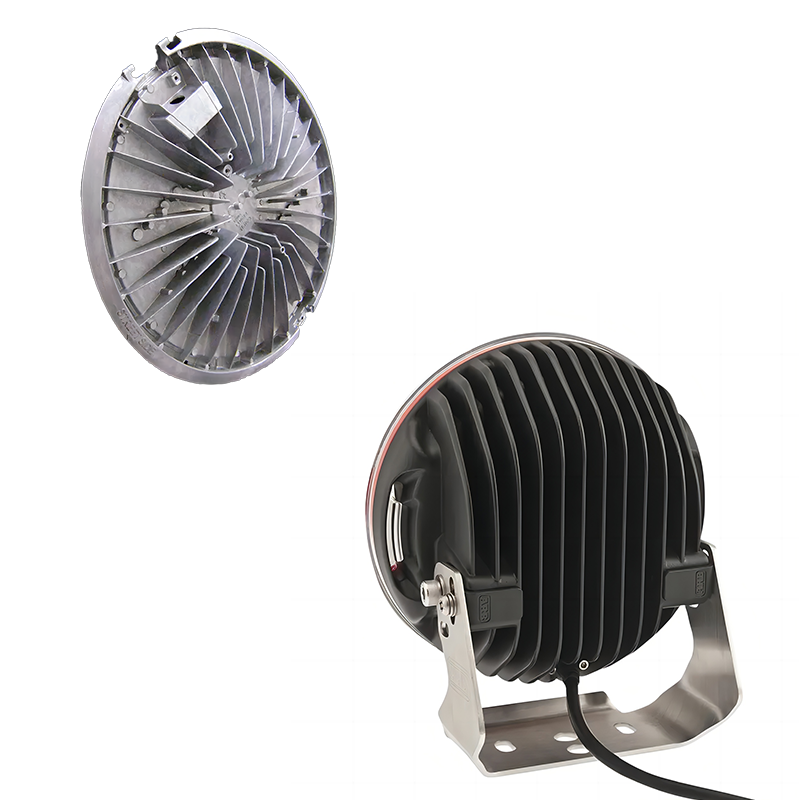In today’s rapidly evolving technological landscape, efficient heat management is critical for the optimal performance and reliability of electronic devices. One effective solution to dissipating heat from electronic components is the utilization of die casting heatsink housings made from aluminum. In this blog post, we will delve into the advantages of employing die casting techniques and aluminum as the primary material for heatsink housings.
1. Excellent Thermal Conductivity:
Aluminum possesses remarkable thermal conductivity, making it an ideal material for heatsink housings. Die casting offers an efficient method for creating complex heatsink designs, maximizing the surface area for enhanced heat dissipation. By efficiently transferring heat away from electronic components, aluminum heatsink housings help prevent overheating and ensure long-term functionality.
2. Lightweight and Durable:
Another notable advantage of die casting aluminum heatsink housings is their lightweight nature. Compared to other metals, aluminum is significantly lighter while maintaining strength and durability. This property is particularly advantageous in applications where weight reduction is crucial, such as laptops, mobile devices, or automotive components. Additionally, die casting allows for excellent dimensional accuracy, ensuring a perfect fit while minimizing the overall weight of the assembly.
3. Cost-effective Manufacturing:
Die casting is known for its cost-effectiveness, making it an attractive choice for producing high-quality heatsink housings. By using aluminum as the primary material in the die casting process, manufacturers can significantly reduce production costs without compromising on performance or durability. The inherent ease of casting aluminum alloys also allows for faster turnaround times, making it an excellent choice for meeting tight production deadlines.
4. Design Flexibility:
The die casting process enables the production of intricate heatsink housing designs that would be challenging to achieve with other manufacturing methods. Complex geometries are effortlessly replicated with precision, allowing for optimized air channels, fins, and interlocking patterns. Manufacturers can tailor heatsink housings to fit specific electronic components, ensuring efficient heat dissipation and performance. With die casting, the possibilities for unique and innovative heatsink designs are virtually limitless.
5. Corrosion Resistance:
Aluminum possesses inherent corrosion resistance, making it an excellent choice for heatsink housings that are exposed to a wide range of environments and conditions. Through the die casting process, a protective oxide layer is formed on the aluminum surface, further enhancing its resistance to corrosion. This property ensures the longevity and reliability of electronic devices, even in harsh operating conditions.
In summary, die casting aluminum heatsink housings offer a multitude of advantages that make them a preferred choice in various industries. From exceptional thermal conductivity and design flexibility to lightweight durability and cost-effectiveness, aluminum heatsink housings lead the way in efficient heat management. By utilizing die casting techniques and aluminum as the primary material, manufacturers can ensure the optimum performance and longevity of electronic devices for years to come.
Post time: Oct-07-2023




